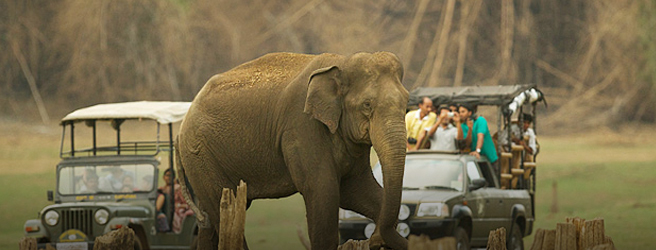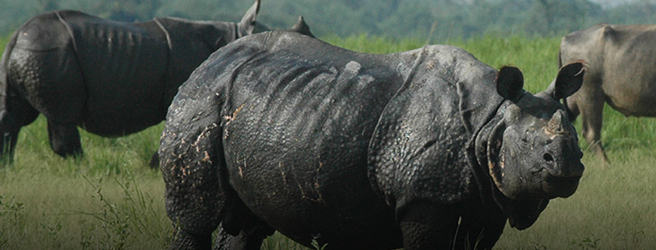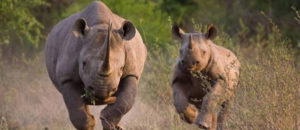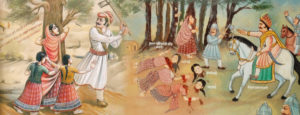- Kanha:

Kanha Situated about 150 KMs from the bustling city of Jabalpur, this is one of the largest wildlife parks in the country. This Central Indian wildlife sanctuary also boasts of the most number of tigers. Kanha is also home to the Barasingha – literally 12 horns – a variety of swamp deer, not found anywhere else in the world. You can see these animals in the hundreds, along with bison, peacocks, sambar, barking deer, foxes, langur, Nilgai, several species of birds including the Indian roller (blue jay) and the brain fever – so called because its chirping sounds like ‘brain fever’! Kanha also has an abundance of beautiful flora – over 1000 species – and it’s a pleasure to drive through this pristine forest. Early morning safaris start at 5, and that is the best time to go if you hope to see an elusive tiger.
- Bandhavgarh:

Bandhavgarh This Wildlife Park is not very far from Kanha and is famous for its high-density of tiger population. There is also a huge population of breeding leopards, many species of deer, sambar, Nilgai, Indian bison, and dozens of bird species. Interestingly, the Bandhavgarh Fort is situated in the center of this sanctuary.
- Ranthambore:

Ranthambore Formerly the favorite hunting ground of Jaipur royalty, the Ranthambore national park is now one of the largest in Northern India and part of Project Tiger. Though the number of tigers has dwindled, you can still catch sight of one if you’re lucky. Here you can also see hyenas, blackbucks, langurs, jackals, civet cats, porcupines, chital, sambar, and many others. This park also has its fair share of marsh crocodiles, monitor lizards, turtles, and so on.
- Mudumalai:
 Part of the Nilgiri Biosphere, this wildlife sanctuary in the South Indian state of Tamil Nadu has a huge elephant population, apart from spotted deer (chital), bison, langur, peacocks, wild boar, mongoose, and panthers. Smaller in comparison to the ones listed above, Mudumalai is nonetheless a popular destination with wildlife lovers. It is also home to the critically endangered Indian white-rumped vulture and long-billed vulture.
Part of the Nilgiri Biosphere, this wildlife sanctuary in the South Indian state of Tamil Nadu has a huge elephant population, apart from spotted deer (chital), bison, langur, peacocks, wild boar, mongoose, and panthers. Smaller in comparison to the ones listed above, Mudumalai is nonetheless a popular destination with wildlife lovers. It is also home to the critically endangered Indian white-rumped vulture and long-billed vulture. - Bandipur/Nagarhole:

Bandipur/Nagarhole Though these are two separate sanctuaries, they adjoin each other and are part of the Nilgiri Biosphere along with Mudumalai. Animals found here include elephants, gaurs, tigers, chital, sloth bears, muggers, langur, Indian rock pythons, four-horned antelopes, jackals and dholes, and over 200 bird species including honey buzzards and crested serpent eagles. Traffic going through the highways close to the Parks is prohibited from 9 pm to 6 am because many animals were killed by speeding vehicles.
- Kaziranga:

Kaziranga The only forest reserve in India where you can see the one-horned rhino, Kaziranga is situated in the North Eastern state of Assam. In fact, this sanctuary has two-thirds of the world’s population of one-horned rhinos. This sprawling expanse of marshland and tall grass has been declared a World Heritage Site and recognized as an important Bird water buffalo, reticulated pythons, king cobra, a few species of vulture, flying squirrels, breeding wild cats like tiger and leopards, pangolins and ferret badgers are some of the other animals you may get to see here.
Though these forests abound with flora and fauna of many species, you need to remember those sighting animals is entirely a matter of luck! The ideal time to visit these wildlife parks is from October to June end, with the summer months of April and May being the best, as animals often wander about in search of water, and are easier to spot.
Know more about our tours, please email us at [email protected] or Visit our India Tour Packages, India Wildlife Tour.

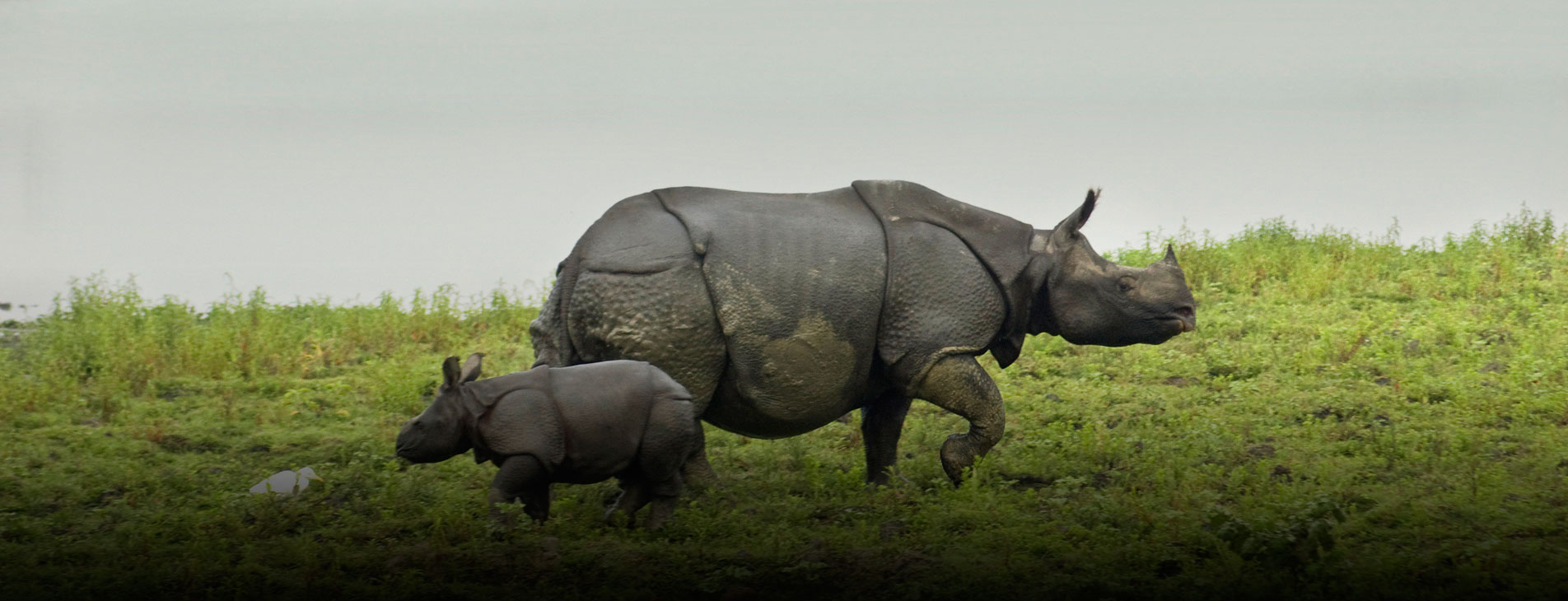

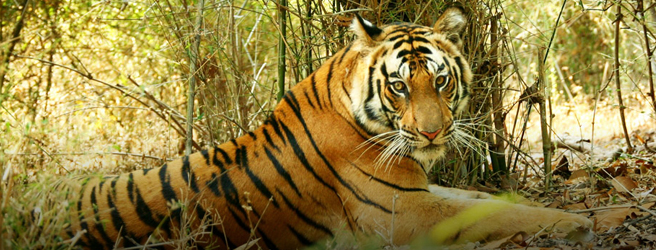
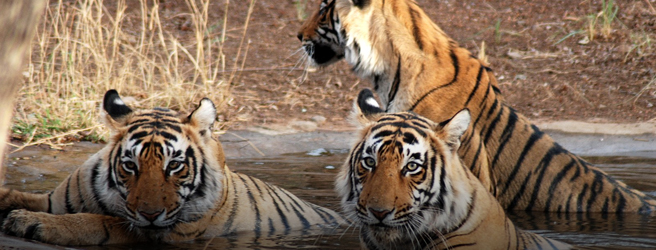
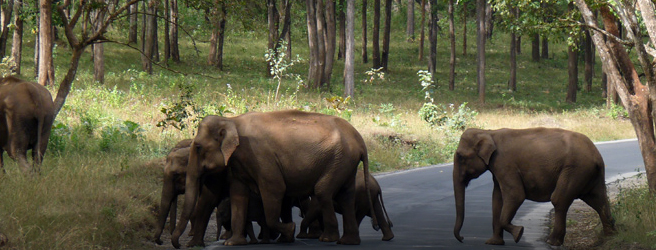 Part of the Nilgiri Biosphere, this wildlife sanctuary in the South Indian state of Tamil Nadu has a huge elephant population, apart from spotted deer (chital), bison, langur, peacocks, wild boar, mongoose, and panthers. Smaller in comparison to the ones listed above, Mudumalai is nonetheless a popular destination with wildlife lovers. It is also home to the critically endangered Indian white-rumped vulture and long-billed vulture.
Part of the Nilgiri Biosphere, this wildlife sanctuary in the South Indian state of Tamil Nadu has a huge elephant population, apart from spotted deer (chital), bison, langur, peacocks, wild boar, mongoose, and panthers. Smaller in comparison to the ones listed above, Mudumalai is nonetheless a popular destination with wildlife lovers. It is also home to the critically endangered Indian white-rumped vulture and long-billed vulture.